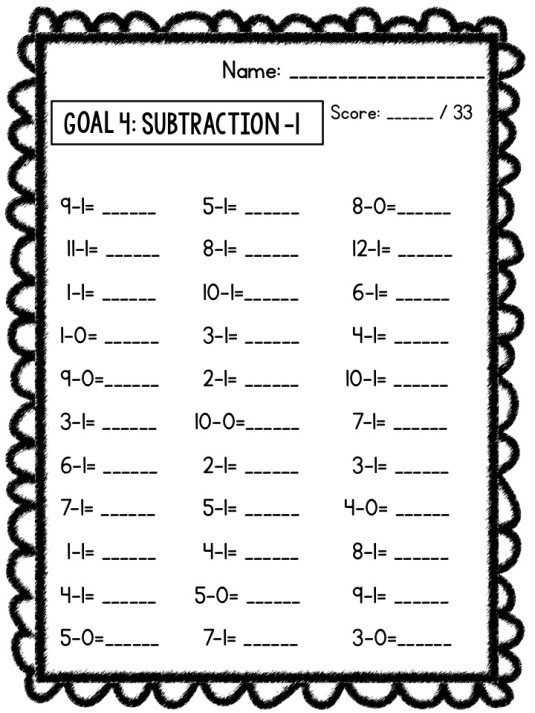I’m so excited to share another method to teach addition for The Common Core Standards. If you’re reading this, you’re probably familiar with the other methods I have shared (PARTIAL SUM and DECOMPOSITION). I’m hoping you had great success introducing and teaching the methods in your classroom, and you are back to get another method!
I call this method: Base Ten

I call it this because you are essentially drawing out the base ten blocks for the ones and tens. To make it easier and not so time consuming, I’ve simplified it to drawing dots for the ones (instead of the little unit block), and a line for the tens (the ten-block or rod/long). Trust me, if you let the students draw it out the other way to look exactly like the base ten blocks, some spend WAYYYY too much time trying to make each rod have ten cubes on it. It becomes more of an art lesson than a math lesson. And since the purpose isn’t for the drawing, this is an easy way for students to still identify with the base ten blocks, while not spending an entire lesson making perfect looking “rods”.
Here’s mini anchor charts that help show how it works (one without regrouping and one with regrouping):
Teaching the method without regrouping is pretty simple. I focus on the base ten method without regrouping for at least a few days. You want your students to have this down completely before you add regrouping into the mix!
You have students draw out the dots for the ones place. Then, you have students draw lines for the tens to the left of the dots. Make sure they line up the ones and the tens for easy adding. After the lines and dots are drawn, have students add the ones first (this is important to do first for when you introduce regrouping), followed by the tens.
When you are regrouping, you draw out dots first followed by lines. When students count the dots and realize there’s more than ten, they circle ten of the dots, draw an arrow over to the tens, and add a line for the regrouped ten. They finish the same way, by adding up what ones are left over and last add the tens.
I really love this method because it has that visual component that really helps students understand what is happening when you have to regroup ones. Where was this method when we were in elementary school? I would carry the one over to the tens place, but I’m not sure I understood this conceptually until much later.
Check out the entire resource HERE that includes charts, a sort, practice pages with answer keys, and two assessments! Let me know how you like it!
BASE TEN ADDITION PACK!
-Mrs. B

























